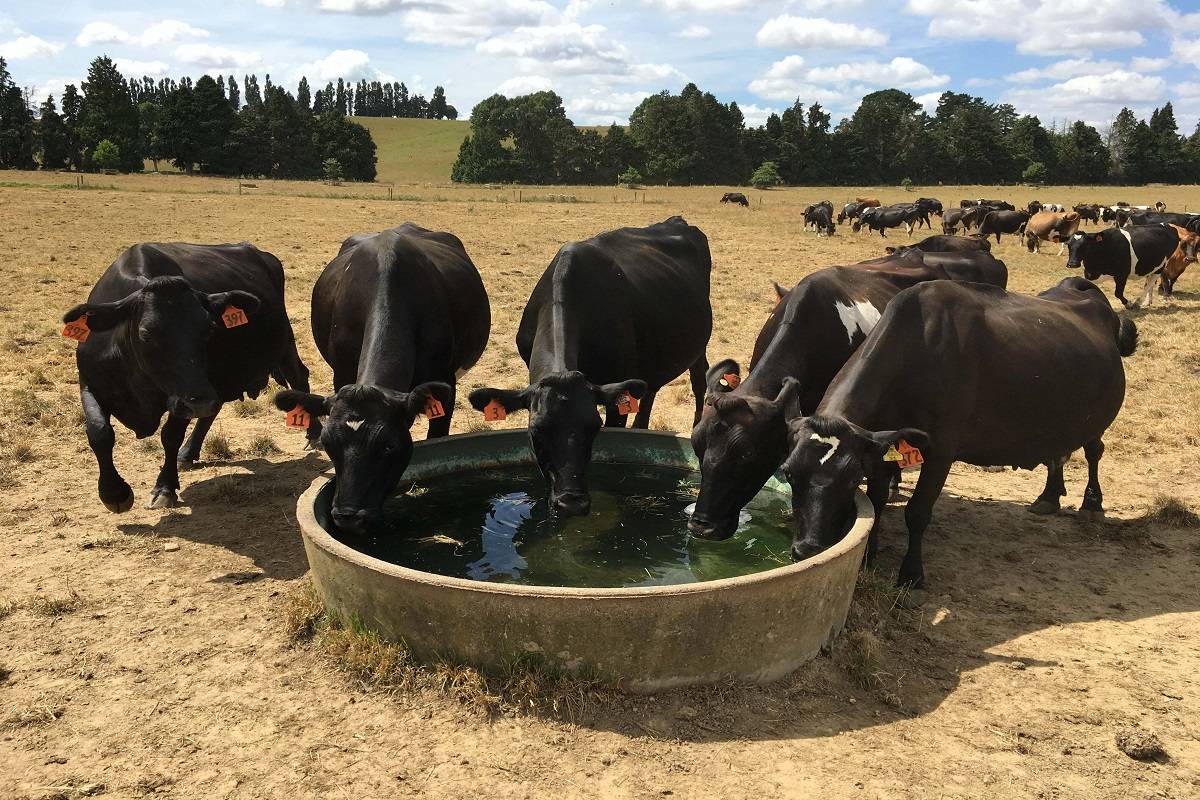
With climate change heating up every aspect of the agricultural conversation- there is yet another section we need to look at. The dairy industry, brimming with cattle now has to deal with the problems of heat stress in cows. India is typically a hot country, with temperatures leaning towards the higher side. This makes it a difficult and stressful environment for cattle, particularly during the summer.
While human beings sweat it out in the summer sun, cows have a notoriously bad sweating mechanism. They do not have a good system for dissipating heat load- and use the nighttime to cool down from the day. Moreover, the fermentation process that takes place in their rumen (generating methane gas) is another metabolic process that generates heat and requires the cow to cool down. Excessive heat stress in cattle will cause the milk generation to reduce, it will decrease the butterfat content in the milk, and overall cause an adverse effect on the cattle.
Animals that cannot tolerate an excessive heat load (EHL) are said to be experiencing heat stress. Body temperature must be kept within a relatively small range for various tissues and organs within the body to function normally. If the animal can't handle the increased body temperature, organ malfunction, and even death could result. Heat stress is the failure of an animal's thermoregulatory system in reaction to an excessive heat load. Animals maintain a specific range of body temperatures. It is accomplished primarily by affecting evaporative heat loss and metabolic heat production.
When do cows begin to experience heat stress?
Compared to humans, cows experience heat discomfort at significantly lower temperatures. Mild heat stress typically begins around 72°F and 50% humidity.
Higher-yielding cows consume more food and produce more heat. At 65 °F, they can start to feel heat exhaustion in well-ventilated homes.
What are some factors that contribute to heat stress?
Breed, coat type (black and woolly coats may be more likely to acquire heat), body condition (fat animals accumulate more heat), and lack of heat tolerance are among the animal characteristics that contribute to high heat load. Compared to the majority of Bos taurus breeds, Bos indicus cattle are naturally more tolerant of heat. More metabolic heat is produced by diets high in fermentable carbs or proteins. Feeding animals at cooler periods of the day may help prevent overheating because metabolic heat output rises during and after eating.
Implementing effective solutions is crucial to mitigate the impact of heat stress.
-
Providing adequate shade and shelter is essential to offer relief from direct sunlight.
-
Adequate ventilation and airflow in barns or sheds help dissipate heat.
-
Access to clean and cool drinking water is vital to prevent dehydration.
-
Misting or sprinkler systems can be installed to create a cooling effect.
-
Additionally, adjusting feeding schedules to cooler parts of the day and using heat-tolerant breeds can help combat heat stress.
-
Regular monitoring of body temperature and behavior allows for timely intervention.
-
Proper management practices and a proactive approach are key to ensuring cattle's comfort and minimizing the adverse effects of overheating.











